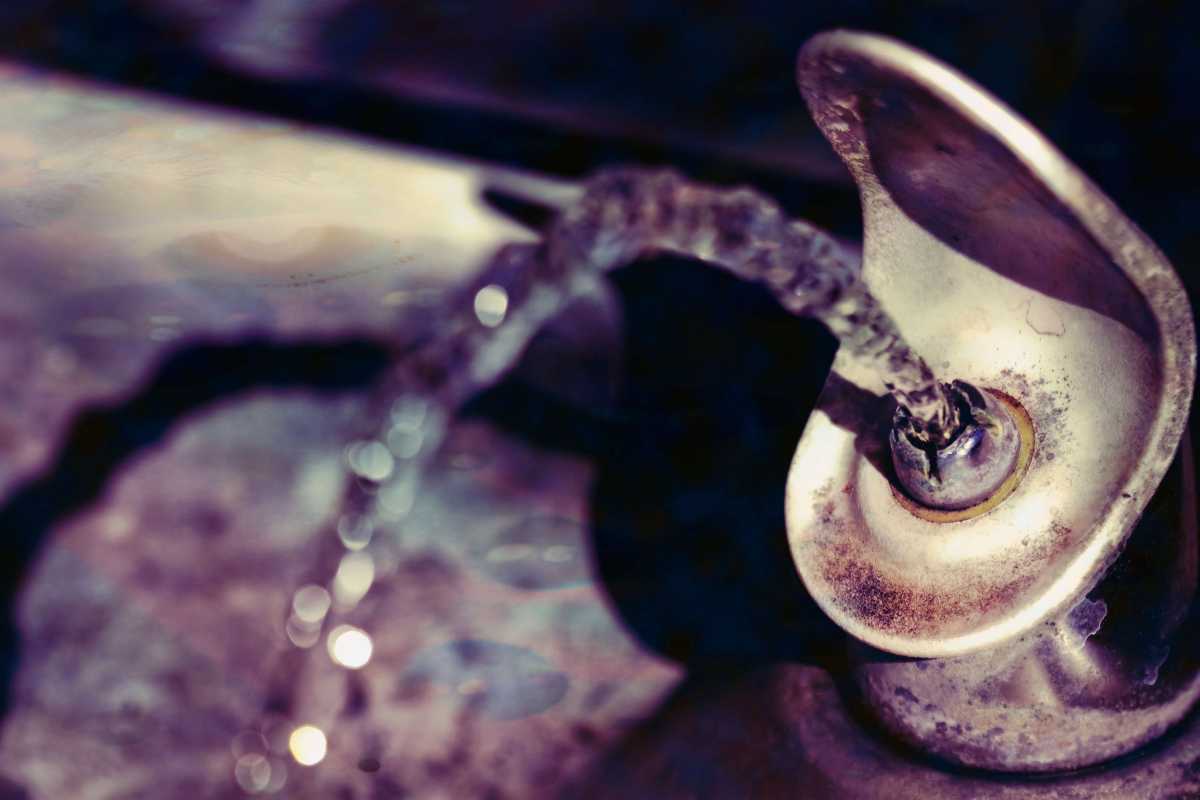Queens may be top in lead-contaminated water fountains, as the city Department of Parks releases early results of study begun in early May to assess safety.
While Queens had the highest number of fountains that tested above the federal level, Parks has shut down those indicating toxicity including four in Forest Park alone.
The agency tested a total of 448 with 20 across Queens, Brooklyn and the Bronx coming back above the level of 15 parts per billion (ppb). The worst transgressor in the “World’s Borough” was the tennis courts water fountain in Cunningham Park, which came in at 339.20 ppb.
Councilman Robert Holden commented that as a lifelong resident of the area, he and others have steered clear of the park’s fountains on account of taste.
“The lead-testing and remediation of Parks Department water fountains is long overdue,” Holden said. “I remember drinking the water in the parks as a kid and thinking it didn’t taste right, so I’ve had a built-in mistrust with them ever since, and I think many people feel the same way. These tests are a good first step toward ensuring the drinking water is safe, and I would like to see the soil in the parks tested for lead as well.”
Some key points in Forest Park with the highest toxicity were Dry Harbor Playground with 296 ppb, Oakridge with 149 ppb, Victory Field 71.7 ppb and Seuffert Bandshell with 33 ppb.
Other locations in Queens included two fountains at the hockey rink and another at the comfort station at College Point Fields which had between 17 and 21 ppb.
“The goal of our proactive testing program is to make sure no stone is unturned when it comes to protecting our children from lead exposure,” Parks spokeswoman Crystal Howard said.
According to the agency, fountains with water found to be containing led were turned off as soon as results came in. The added that elevated lead level reflected in the blood of children has not been associated with any fountains or soil managed by Parks.
Mayor Bill de Blasio set the city in motion to raise the standard for drinking water in the city lower the amount of exposure in children, especially in private houses, with LeadFreeNYC. Parks launched their studies of water fountains as part of this effort.
“Our goal is to identify any hazard immediately to eradicate the hazard, to make sure the child’s exposure is ended and to reduce the lead in the blood levels of that child back down to safe levels,” de Blasio said at the launch of the program in January. “We want to do that as quickly as possible in each case, that’s the best way to make sure a child will come through okay. We’re going to have trained Department of Health personnel, nurses and others directly working with each family – a very hands-on approach to ensure that each child is regularly monitored and gets the support they deserve.”
The full results of the data grab are available here.




































